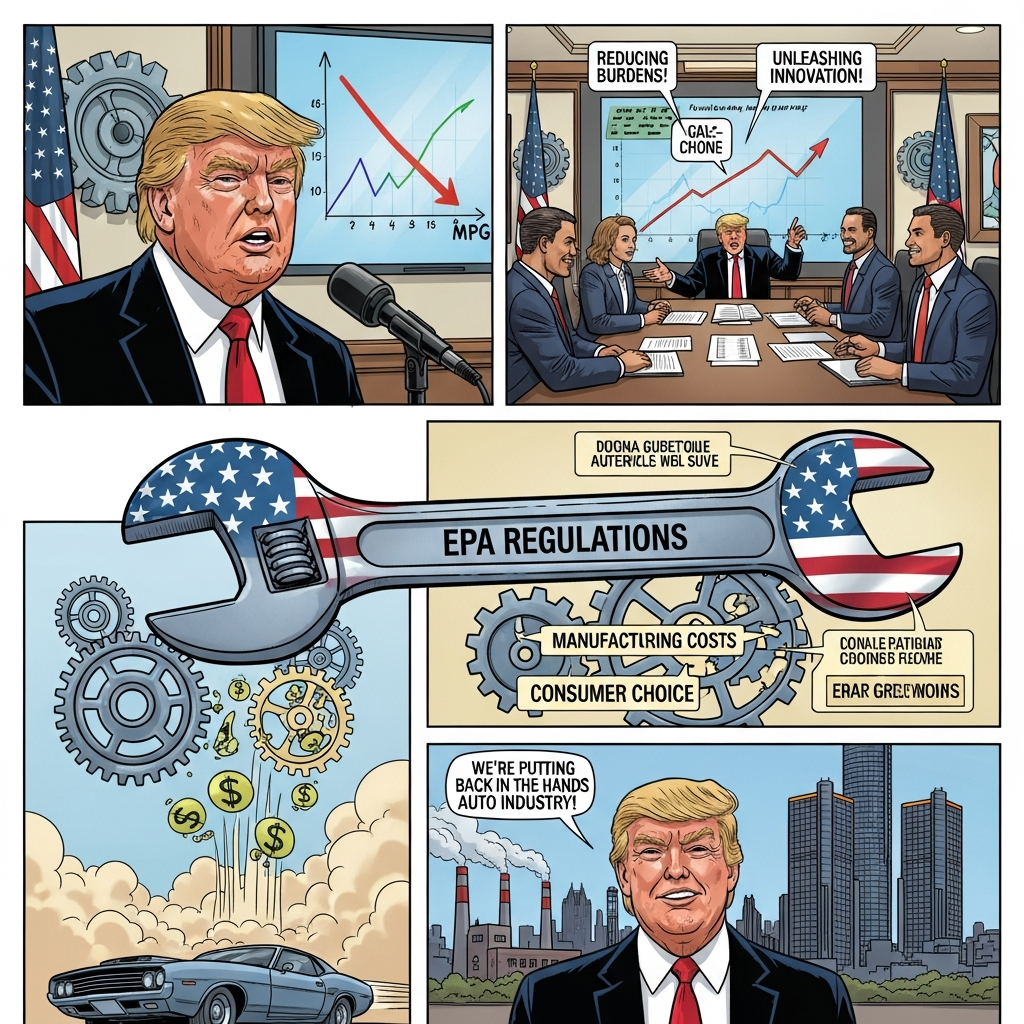Recent escalations between Israel and Iran have sent immediate shockwaves through global financial markets, particularly impacting energy prices. The swift reaction underscores the sensitivity of the world economy to geopolitical events in the volatile Middle East, a region vital for global oil supply.
On Friday, following Israeli strikes and Iran’s response, the price of oil surged dramatically. Brent Crude, the key international benchmark, initially jumped by over 10%, reaching its highest point in nearly five months, though it settled back to a roughly 7% increase by the afternoon, trading around $74-$75 a barrel. US oil contract West Texas Intermediate (WTI) saw a similar spike, climbing over 12% initially. This surge reflects acute fears among traders and analysts about potential disruptions to the flow of energy supplies.
Beyond oil, the heightened tensions triggered a wider “risk-off” sentiment across markets. Global stock markets dipped, while traditional “safe haven” assets like government bonds, gold (which hit a near two-month high), and the Swiss franc saw gains. Regional impacts included airspace closures by several countries, causing flight cancellations and costly airline rerouting. The Israeli economy also felt pressure, with its currency, the shekel, weakening, and reports of panic buying in anticipation of instability.
Why Geopolitics Rocks Energy Markets
Oil prices are inherently reactive to major geopolitical developments and the state of the global economy. The Middle East accounts for approximately one-third of the world’s total oil production, making any conflict there a significant concern for energy security.
A key vulnerability highlighted by experts is the Strait of Hormuz, a narrow waterway off Iran’s southern coast. This critical chokepoint facilitates the passage of roughly a fifth to a quarter of the world’s oil production to global markets (estimated between 18-19 million barrels per day). While a complete closure remains an unlikely scenario, as it would likely harm Iran’s own economic interests by alienating its customers, any disruption or perceived risk in the Strait instantly drives up prices. The current price increase partly reflects this “outside risk,” which is seen as marginally more likely than it was previously.
From Wholesale Oil to Consumer Bills: The Inflationary Risk
When wholesale oil prices climb, consumers first notice the impact at the fuel pump. While the connection isn’t one-to-one, a rough rule of thumb suggests a $10 rise in the oil price could add about 7 pence to the price of a litre of petrol or diesel.
However, the effects of more expensive energy are far broader. Energy costs are embedded throughout the economy, impacting farming, manufacturing, transport, processing, and packaging. For instance, higher energy prices can increase the cost of running farm machinery, transporting produce, and manufacturing packaging, all of which can ultimately feed through to higher prices on supermarket shelves.
Gas prices, which influence home heating and electricity costs in many regions, have also risen following the conflict escalation. However, the impact on household bills might feed through more slowly due to market structures and regulatory measures.
Economists warn that if energy prices, particularly oil, remain high for a sustained period, it could reignite broader inflation. Estimates suggest that oil prices returning to over $100 a barrel could add around 1% to inflation in advanced economies. Some analyses project potential oil prices hitting $120 per barrel in a more intense conflict scenario, which could push US consumer price inflation significantly higher.
A ‘Bad Shock at a Bad Time’?
Many compare the current fears to the significant price shocks that followed Russia’s invasion of Ukraine in 2022, which saw Brent Crude spike close to $130 a barrel and severely impacted energy and food prices globally.
However, there are differences. The global economy is currently facing tougher times compared to the post-Covid reopening demand seen in 2022. Furthermore, major oil producers like Saudi Arabia and Brazil currently have the capacity to increase supply, which could help temper rising prices if needed.
Experts describe the current situation as “very significant and concerning.” A prolonged, intense conflict risks further eroding consumer and business confidence, potentially suppressing demand and investment. For regions like Europe, this could introduce a “stagflationary element” – a combination of entrenched high inflation and weak economic growth, drawing uncomfortable parallels to the aftermath of the 1973 Arab-Israeli conflict. Higher inflation could also complicate efforts by central banks hoping to lower interest rates to stimulate economies, potentially forcing them to keep rates higher or even raise them again.
Uncertain Outlook Depends on De-escalation
Ultimately, the scale and duration of any energy price rises, and the wider economic impact, hinge critically on how the conflict between Israel and Iran evolves. Key questions remain:
How long will the conflict persist?
Will other regional countries be drawn in?
What role will the US play in potential de-escalation?
Crucially, will there be any actual disruption to shipping in the Strait of Hormuz or other key trade routes (on top of existing disruptions like those in the Red Sea)?
Without sustained disruption to supply, particularly through the Strait of Hormuz, oil prices are unlikely to remain at elevated levels for long. Some experts suggest that given the long history of instability in the Middle East, the initial market reaction could subside relatively quickly if the situation doesn’t escalate further.
However, others caution that regardless of the duration, the conflict adds another layer of instability to an already uncertain global economic outlook. Described as a potential “bad shock for the global economy at a bad time,” it presents negative implications in both the short and longer term, adding to existing challenges for global economic stability.




